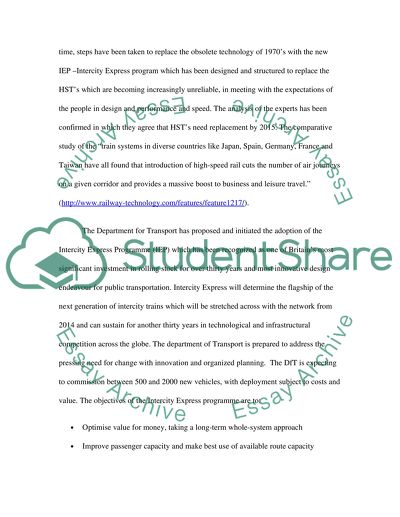Cite this document
(“The High Speed Train Essay Example | Topics and Well Written Essays - 2000 words”, n.d.)
The High Speed Train Essay Example | Topics and Well Written Essays - 2000 words. Retrieved from https://studentshare.org/technology/1513709-the-high-speed-train
The High Speed Train Essay Example | Topics and Well Written Essays - 2000 words. Retrieved from https://studentshare.org/technology/1513709-the-high-speed-train
(The High Speed Train Essay Example | Topics and Well Written Essays - 2000 Words)
The High Speed Train Essay Example | Topics and Well Written Essays - 2000 Words. https://studentshare.org/technology/1513709-the-high-speed-train.
The High Speed Train Essay Example | Topics and Well Written Essays - 2000 Words. https://studentshare.org/technology/1513709-the-high-speed-train.
“The High Speed Train Essay Example | Topics and Well Written Essays - 2000 Words”, n.d. https://studentshare.org/technology/1513709-the-high-speed-train.


